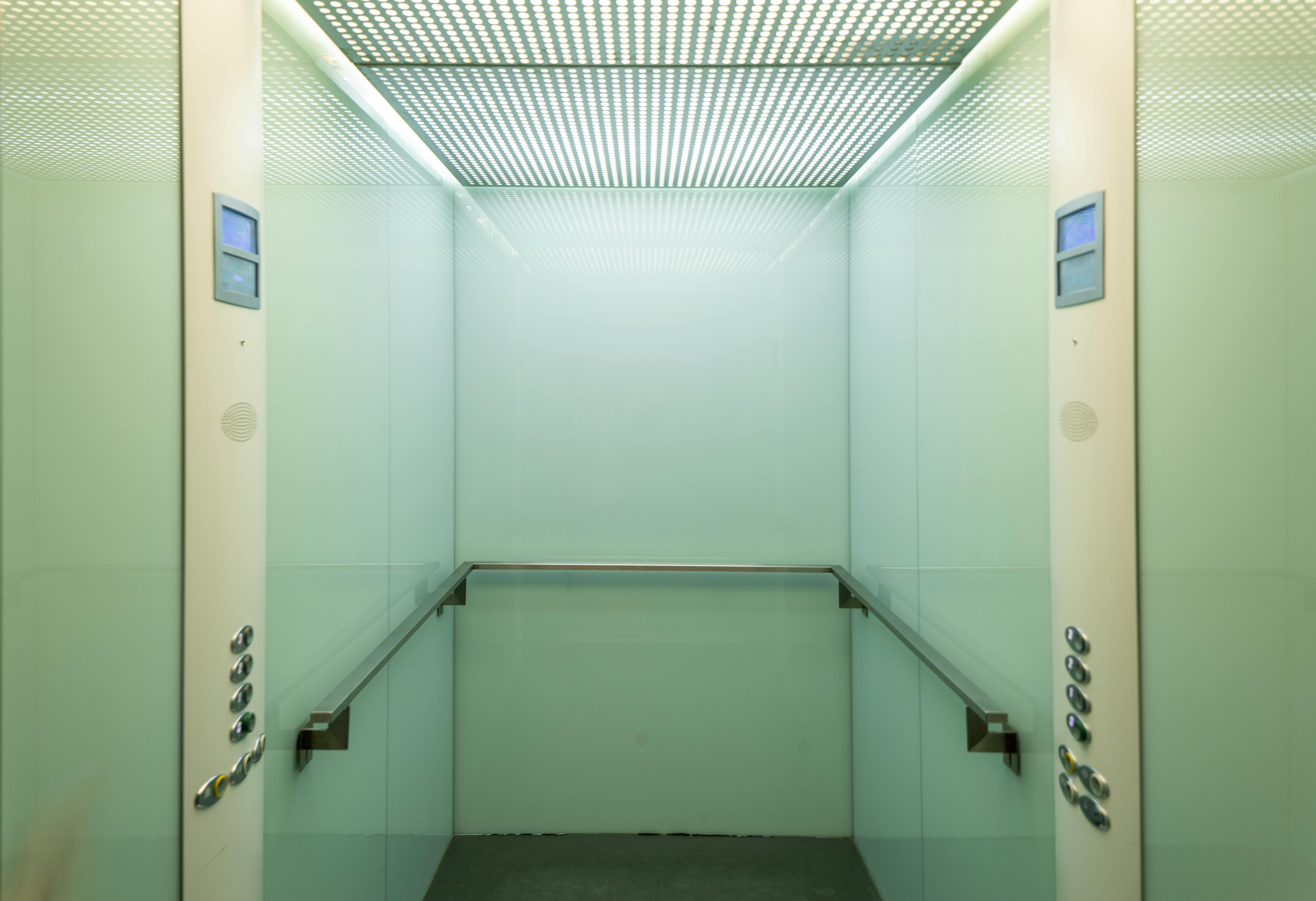At Kaiser Elevator, we know first-hand that installing hydraulic and traction elevators in Texas means carefully navigating technical codes, permits, and construction schedules. Based on years of industry experience supporting real estate developers and general contractors, we want to distill what truly matters through every phase of your vertical transportation project. Our goal is to help you avoid project holdups, deliver safe rider experiences, and emerge with a system that stands the test of time.
Understanding Texas Elevator Codes & Compliance
Let’s start with codes and regulatory expectations in Texas. Any elevator meant for public or commercial use must comply with the American Society of Mechanical Engineers’ (ASME) A17.1 Safety Code for Elevators and Escalators, Chapter 754 of the Texas Health and Safety Code, and all local municipality amendments. Adherence is non-negotiable—you’ll need proof at every stage for inspections and occupancy.
- Minimum cab dimensions: Commercial elevators typically require at least 5 ft. x 5 ft. of clear floor area, though requirements can differ based on use and configuration.
- ADA and life-safety integration: Elevators must feature accessible controls, audible/visual signals, and tactile indicators. Two-way communications and firefighter emergency operations equipment are required.
- Professional licensing: Only Texas-registered elevator contractors and licensed mechanics can perform installations and tests.
- Capacity and dispatch: Installations must support peak building loads and maintain minimal wait times for occupants, a point often ignored until late in design.
Step-by-Step Elevator Installation: Developer’s Roadmap
A successful elevator installation in Texas is always the result of iterative, systems-based planning. Here’s how we at Kaiser Elevator guide clients from concept through commissioning.
1. Pre-Planning & Site Assessment
Long before construction begins, we engage with architects and vertical transportation consultants to analyze shaft space, utility locations, structural details, and future usage needs. It’s about pairing elevator type to your goals:
- Hydraulic Elevators: Best for low-rise (2-6 stories). Require a pit and dedicated machine room adjacent to the shaft. Simpler to install and maintain in certain footprints.
- Traction Elevators: Essential for mid- to high-rises. Provide faster speeds and efficiency. Machine-room-less (MRL) traction types save space and offer more flexibility for footprint-tight Texas projects.
- Consider finishing, ADA compliance, ride quality, and capacity against peak occupancy predictions for code conformance.

2. Code-Based Engineering & System Design
This stage is where every inch matters. We coordinate closely to draft code-compliant elevator drawings and review with all project stakeholders. Typical requirements include:
- Hoistway size and pit depth confirmed against ASME A17.1
- Pit and shaft blocking (usually structural-grade pine or steel at regular intervals)
- Dedicated machine room (for hydraulic) or adequate overhead space (for MRL traction)
- Clear electrical specs and reserved power circuits
- Full details for fire-rated entrances, backup communication, and emergency egress hardware
This is also where details like elevator finishing, security/keycard interfaces, and user experience features are locked in. To learn how finish and design choices impact installation, explore our passenger elevator configuration guide.
3. Permitting & State Plan Submission
All elevator plans in Texas must be submitted for building permit approval with state and local officials. Kaiser Elevator’s team manages this documentation from end to end, flagging any discrepancies early to eliminate delays. The review process includes:
- Submission of engineered plans referencing ASME and municipal code
- Clarification of unique site conditions or variances
- Providing documentation for flood zones, seismic, or wind-load requirements as needed
Full approval can take several weeks. Timely coordination here is key to keeping project schedules intact.
4. Site Prep: Civil and Structural Construction
Once permits are greenlit, actual site work begins. We coordinate with your general contractor to ensure:
- Hoistway and pit construction: Accurate excavation, waterproofing, drainage, and concrete forming per engineered specs
- Structural blocking: Proper bracing for future rail and machinery loading
- Machine room or overhead arrangements: Compliance with Texas code on access, ventilation, and flood resistance
- Penetration framing: Precisely dimensioned floor and ceiling openings to streamline installation

5. Equipment Installation & Integration
This is where elevator equipment enters the site. Only licensed elevator mechanics (as required by Texas law) perform this phase:
- Install guide rails, carriage, power unit, and doors (hydraulic) or drive system and counterweights (traction)
- Handle integration of communications, fire service, and ADA-compliant controls
- Interface with building emergency and security systems
Rough installation-to-cab-completion varies: 4-8 weeks for typical commercial jobs, but longer for complex high-rise traction systems. If you want to dig deeper into energy efficiency, we wrote specifically about how regenerative drives can lower elevator costs.

6. Testing, State Inspection, and Handover
No elevator in Texas can be put into service without a third-party state inspection. This covers:
- Full-load, overspeed, and safety brake testing
- Verification of fire-rated entrances, smoke/heat interfaces, and emergency power
- Operational checks on ADA, communication, and firefighter service
- Successful certification earns a Certificate of Compliance—essential before public use
Allow 30 days for inspection coordination and certification. The earlier you schedule, the faster you can open doors to tenants or guests.
Key Best Practices for Texas Developers
- Involve an elevator specialist early: Early engagement reduces change orders, ensures cost clarity, and simplifies code review.
- Document all building-owner needs: Clearly specify everything from car finishing and ride quality targets to future technology wants (touchless controls, access restrictions).
- Hold collaborative walk-throughs at each milestone: Sync site superintendents and elevator installers to prevent missteps from pit pour to final setting.
- Plan for inspection and handover: Pre-book state inspections and clarify required test windows well before occupancy deadlines.
- Implement a proactive maintenance plan: Texas law requires registration and routine inspection of elevators. Signing a service agreement keeps you code-compliant and minimizes downtime. For lifecycle tips, our maintenance contract guide explains what to prioritize.
Why We Take a Systematic, Code-Driven Approach
At Kaiser Elevator, our Texas projects always begin with code and end with quality. Our engineers review each project for local and state compliance, while our field technicians are licensed, insured, and factory-certified. That means you benefit from:
- Smoother schedule coordination with your GC, superintendent, and architect teams
- Risk mitigation through compliance checkpoints at every major phase
- Flexible package options for commercial, multifamily, mixed-use, hospitality, healthcare, and parking structures
- 24/7 hotline support and one-hour response in primary Texas metro areas
If you’d like to see how project delivery timelines and code complexities differ by region, see our post on permitting and inspection for elevators in New York City for cross-state comparison.
Ready to Plan an Elevator Installation in Texas?
If you have a specific Texas site or concept, we invite you to connect with our team for a code review, budgeting deep-dive, or a fast-track quote tailored to your location. We are always happy to share real project lessons and save you time, money, and frustration. Just reach out through our contact page or call us at +1 (888) 274 6025.
From design and permitting, to installation and ongoing modernization, we’re here to make your Texas vertical transportation experience seamless, compliant, and efficient.

